Welcome to the magnificent world of saws! Saws are one of the oldest known tools and have definitely evolved through time. They now come in different sizes and shapes, materials and even power options.
How about you? How many different types of saw do you think exist today? Well, there’s may be more than you can think of and it’s important that you know all these types of saw, what it can do and which one do you really need.
So in this article, allow me to introduce to you the prominent types of saws. Please keep on reading below.
More...
Related Articles:
Types of Handsaws
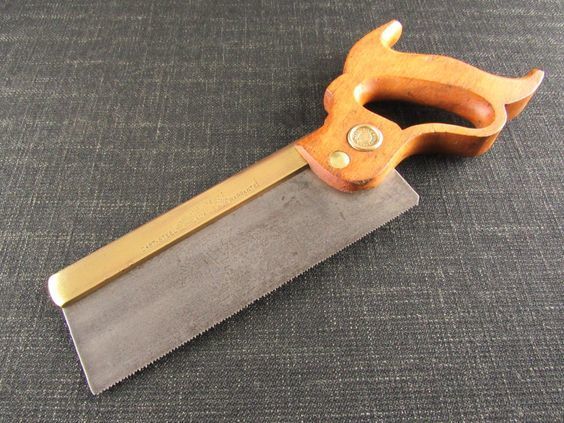
1. Back Saw
Depending on what region you belong, people also call back saw as a tenon saw or miter saw. This type of saw is relatively smaller compared to other saws and comes with a narrow blade. It's commonly used with miter boxes and is very efficient for fine and straight cut as well as 45 and 90-degree cutting corners.
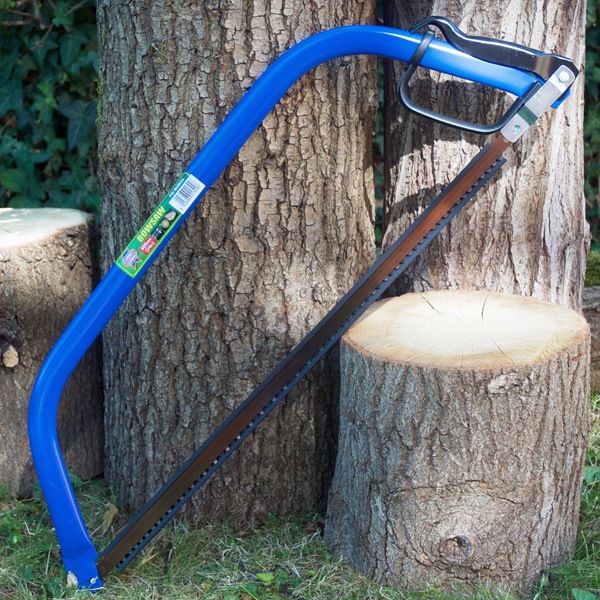
3. Bow saw (see our pick for best bow saw)
Bow saw is often used outdoors to trim trees, prune leaves and stems as well as to cut logs. It’s actually a long blade that comes with plenty of crosscut teeth; this is why it is capable of getting rid of the material while it is pushing and pulling. You can also efficiently use this for rough cuts.
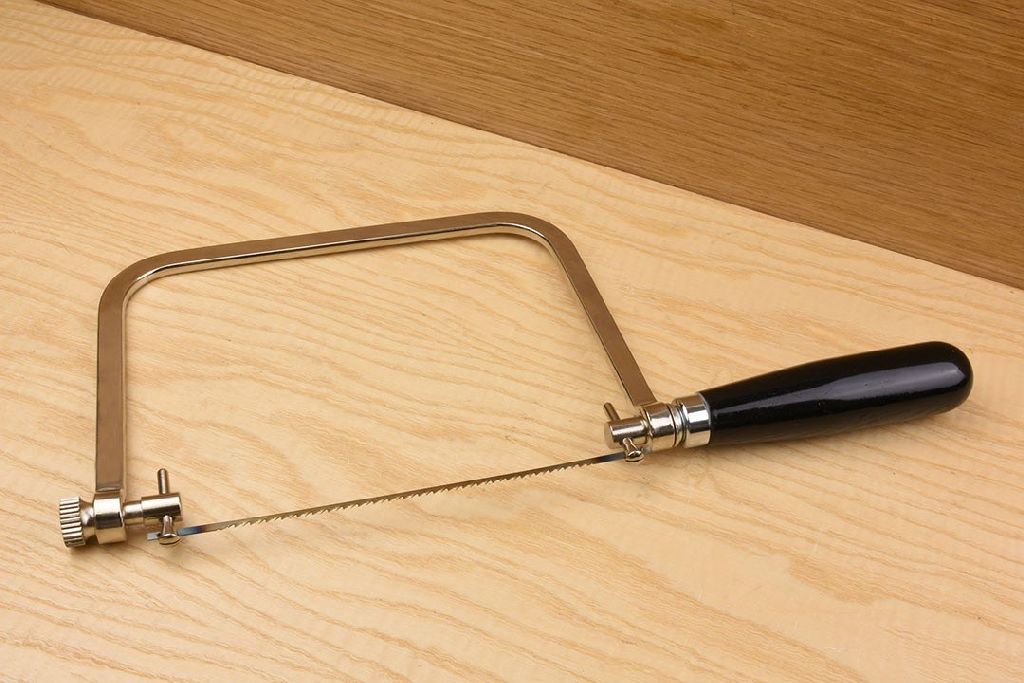
3. Coping Saw (see our pick for best coping saw)
The coping saw delivers simple and precise cuts, making it the best saw to be used when cutting patterns. It's built with thin steel that is connected to a wooden handle that comes in a C-shaped iron frame. Thanks to its thin blades, it will now be easy to change direction when cutting. This saw cut wood and is generally used for joints.
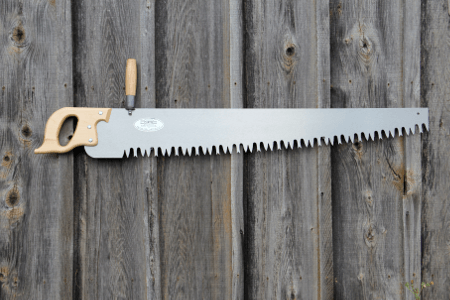
4. Crosscut Saw
As its name suggests, this saw has been specifically designed to create crosscuts in rougher wood, making it an excellent all-purpose saw for outdoors. You will find its teeth to be larger than most of the traditional handsaws while its blade is really thick. You can use it to cut timber and lumber, thanks to its large teeth.
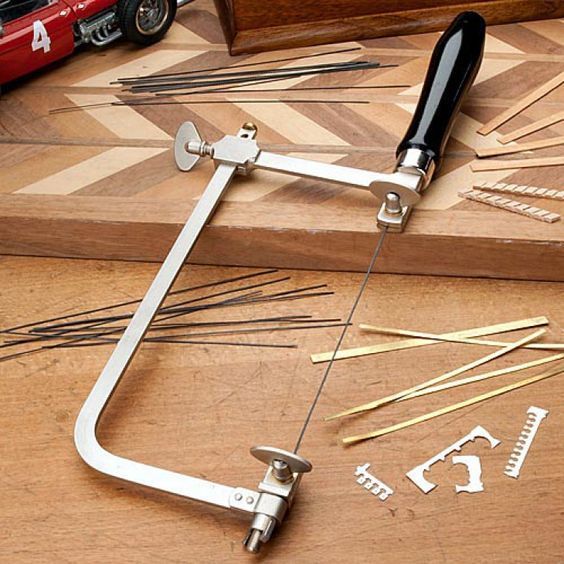
5. Fret Saw
A fret saw is very similar to a coping saw. It also has a long thin blade that can efficiently create elaborate cuts. However, it has a larger and longer frame that cuts finer than a coping saw. This is the reason why it can cut farther from the other edges. The only problem with fret saw is that its blade can’t be rotated, so it can be more tiresome to work with.
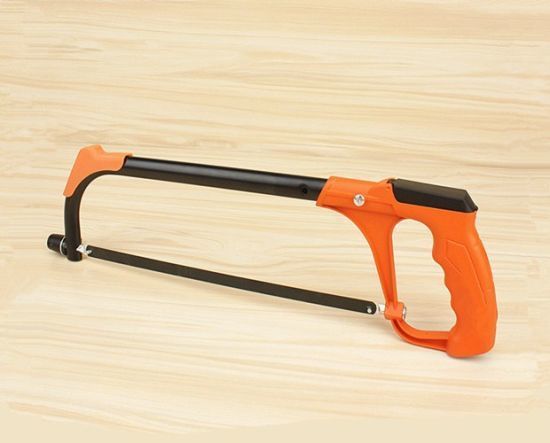
6. Hacksaw (see our pick for best hacksaw)
This type of handsaw comes with a fine-toothed blade tensioned in a C-frame. Its common use includes cutting metals as well as plastics. Be extra careful when cleaning after cutting aluminum as it will likely jam when used on softer metals.
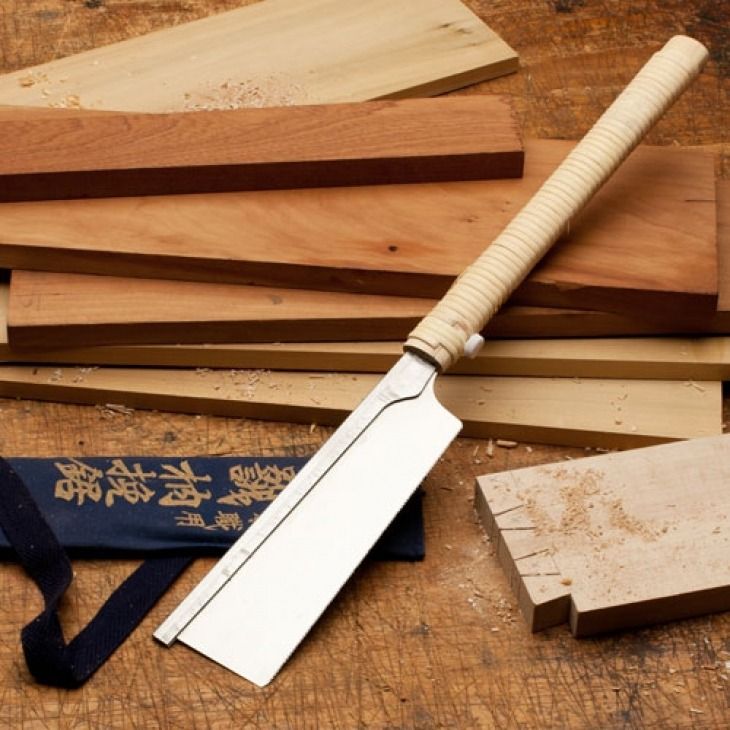
7. Japanese Saw
Other people also call it ‘dozuko’ and is commonly used in Japanese woodworking and carpentry. It’s actually different from most western saws as it cuts on the pull stroke, making it more efficient and will leave you with a much thinner cut width. The only downside is that you can't use it to cut hardwood, unlike western saws.
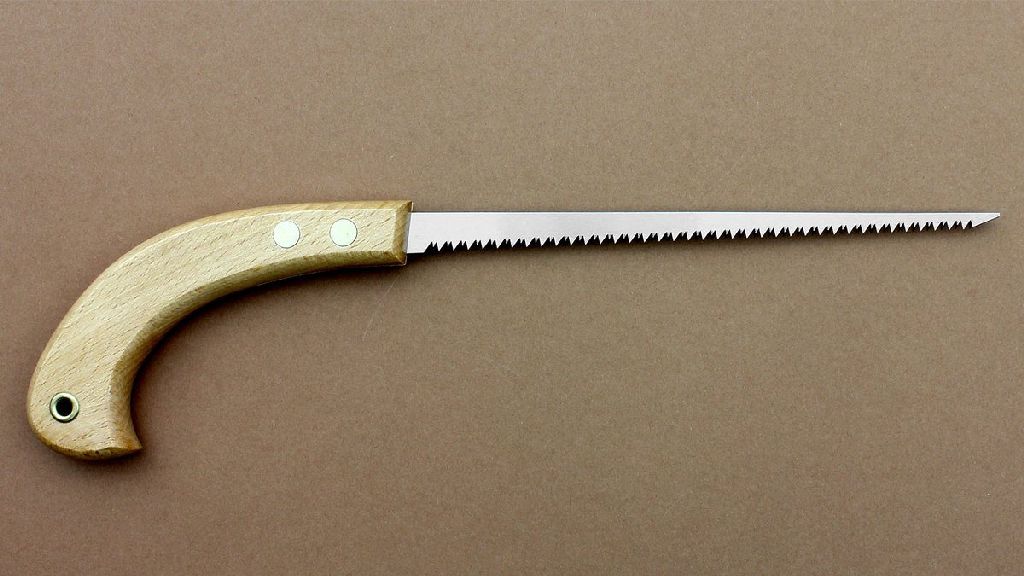
8. Keyhole Saw
If your project requires you to cut into drywall by hand and to make very accurate cuts for things like wire holes and outlets, then a good keyhole saw will definitely be a great tool, to begin with. At first look, you might find this saw to be almost the same with a regular saw, but if you will take a closer look, you will see that the blade comes with a relatively sharp point that allows you to get into the drywall material in a breeze.
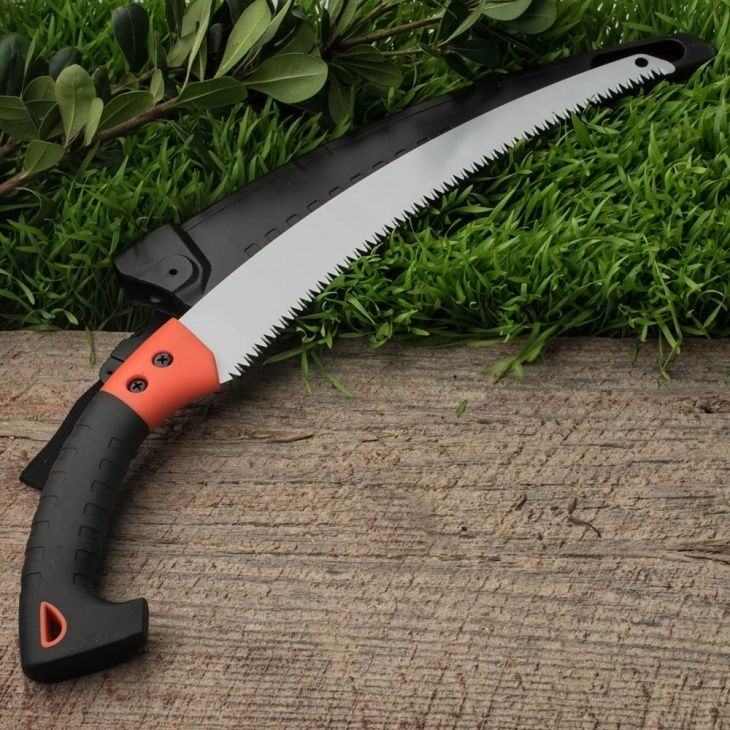
9. Pruning Saw (see our pick for best pruning saw)
If you need to cut wood of varied thickness, a pruning saw can do the job. This saw has actually been designed to cut branches with a diameter of about 2.5 or even bigger. Its blades work on a pull stroke and can easily glide through the wood or branch in order to make a clean cut.
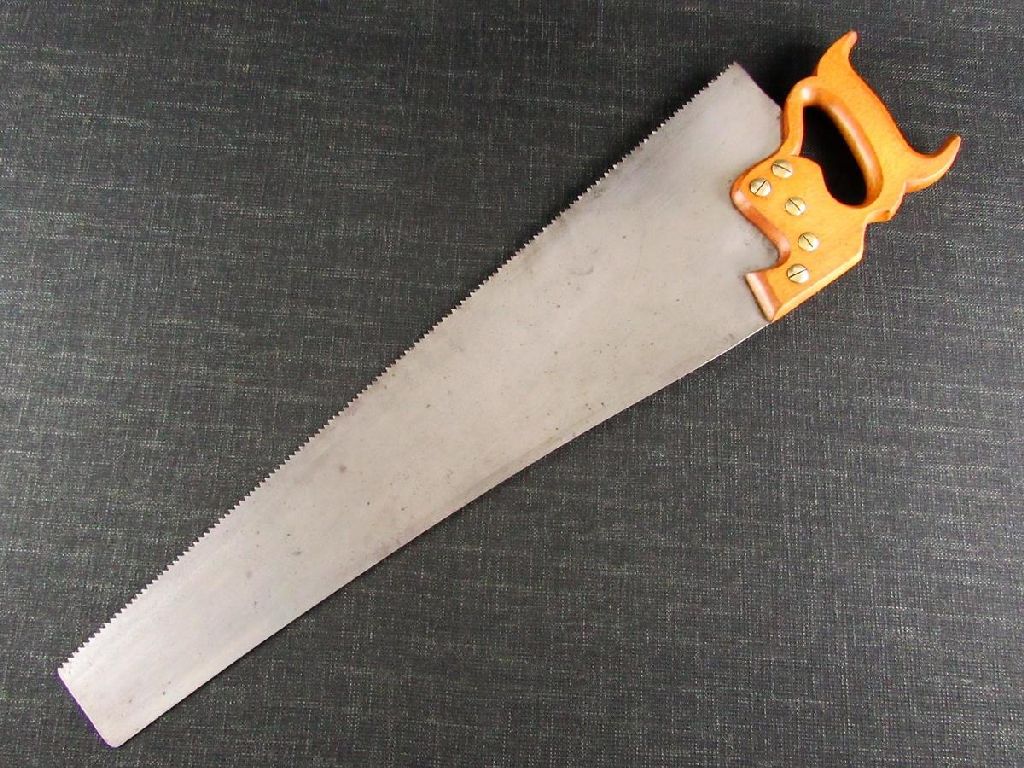
10. Rip Cut Saw
For your wood-cutting projects or when you're making furniture, a rip cut saw will definitely be your best friend. It can create parallel cuts through the cutting edge of its teeth that has been angled backward and is refined to form chisel-like surface. It actually functions just like a chisel, it can get rid of anything that is touching it.

11. Veneer Saw
This is the best saw for precise cutting since it is just a little too thin for a regular saw. It’s actually just a small handheld tool with a short, double-edged blade that has about 13 teeth per inch. This highly specialized type of saw is commonly used for precision veneer work.

12. Wallboard Saw
Wallboard saw is generally used to make starter holes for your powered tools. It may look the same with keyhole saw but it’s actually shorter in length and its blade is wider. Its blade also has fewer teeth per inch compared to other saws, making it the perfect tool if you need to puncture through paneling or drywall.
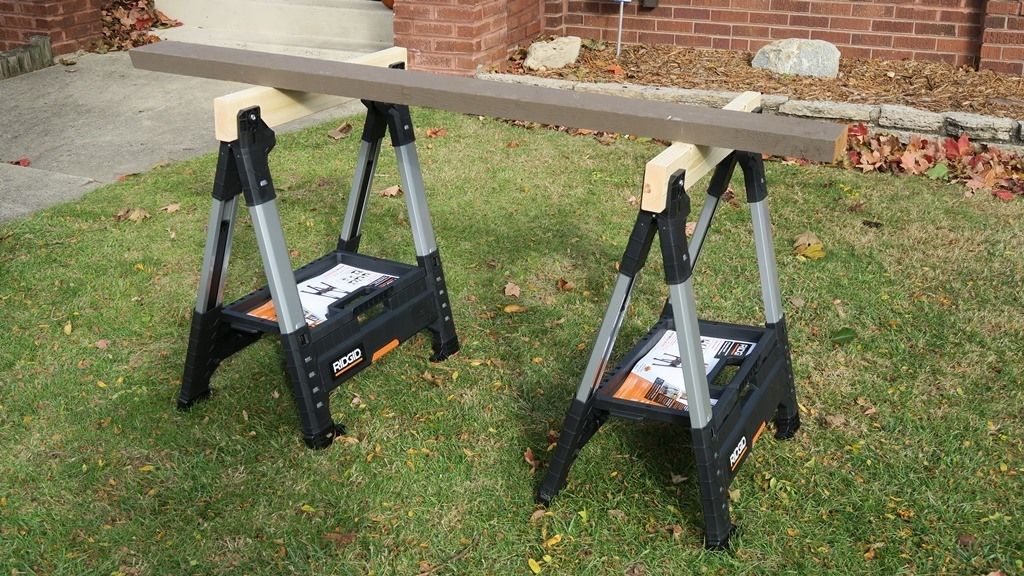
13. Sawhorse (see our pick for best sawhorse)
A sawhorse is actually durable frame support that is often made of wood, metal or plastic. Its main function is to provide support to a piece of material that is being cut by either with a jigsaw, hand saw, circular saw or some other tool. It will help you create a sturdy work surface for your materials.
Types of Power Saws
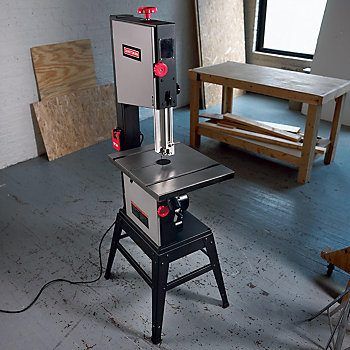
14. Stationary Band Saw (see our pick for best band saw)
This floor-standing saw can cut through almost every material by using big pulleys above and below the cutting table in order to move the continuous band with fine teeth. A band saw is highly recommended for complicated cutting of curves into the wood and even cutting PVC, tubes, and piping.
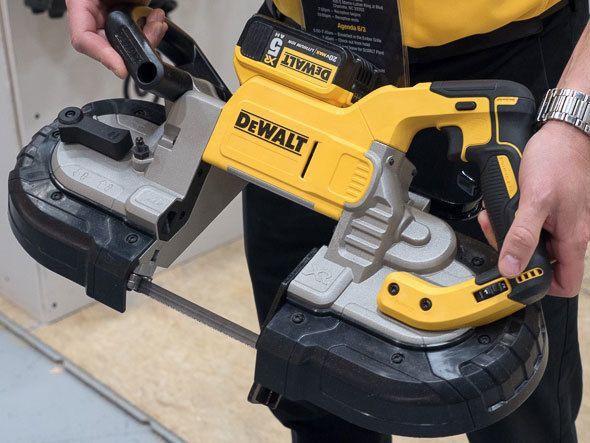
15. Portable Band Saw
A band saw also comes in a compact? and portable version and can most of the jobs a stationary band saw can do. The only downside is that it requires more effort to create straight cuts, but it can be a very useful tool for metal
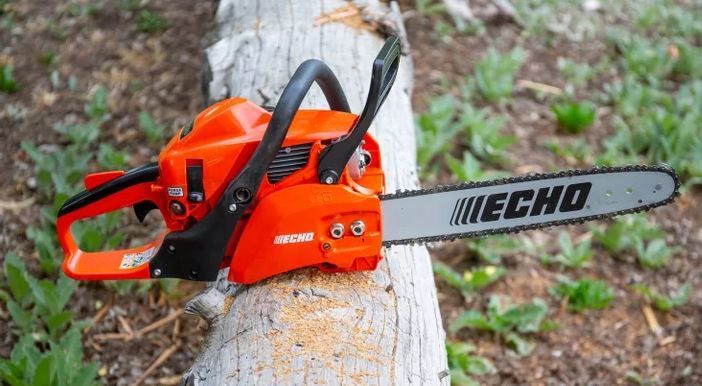
16. Chain Saw (see our pick for best handle chainsaw)
Chain saw is the perfect saw when you need a lot of power like cutting brush or chopping down trees. It’s actually a motorized, handheld saw that often runs on a two-stroke engine, though electric option is also available. It is composed of cutting chain that comes with sharp teeth revolving all over an extended arm.
One of the most common styles of chainsaws you can get is a top handle chainsaw which works perfectly for tree care.
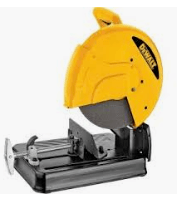
17. Chop Saw
This is a heavy duty saw that works best in cutting hard surfaces, thanks to its abrasive blades which typically measures 14 to 16 inches of size. You can also use it to make joint cuts of really hard surfaces including common metal cutting purposes.
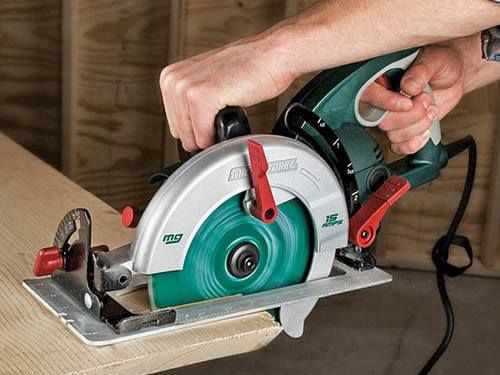
18. Circular Saw (see our pick for best circular saw)
A circular saw is capable of ripping through 2 x 4s plywood without any difficulty at all. It can perform most of the functions of a miter saw or table saw and is among the most popular saws for framing, making it a great addition to every job site. No wonder why it has becomes every contractor's favorite. We have reviewed some circular saws on: best corded circular saw, cordless circular saw and best compact circular saw.
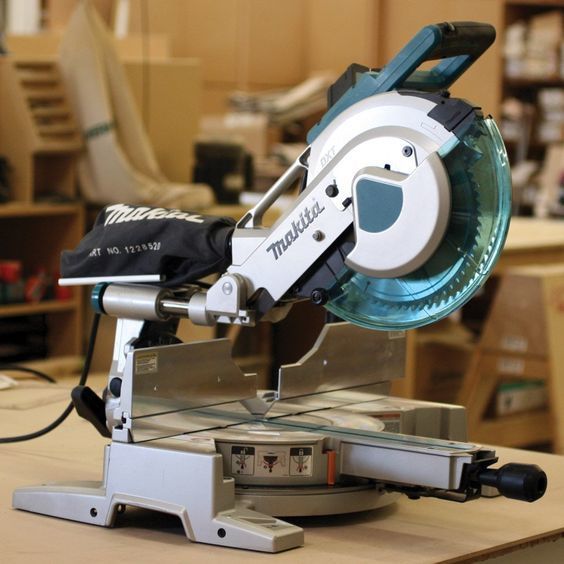
19. Compound Miter Saw (see our pick for best miter saw)
If your project requires the precision of a backsaw at the same time you need to be working efficiently quick, a compound miter saw can definitely be what you’re looking for. This powered saw allows you to make both straight and angled cuts. It’s even possible to create compound cuts with this one, so you can easily cut windows and crown molding.
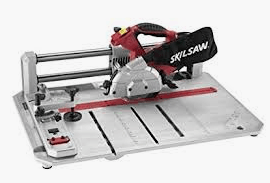
20. Flooring Saw
This portable power tool is recommended for refitting or to re-saw flooring materials such as hardwood, laminate, and bamboo. This is actually a specialized tool that can be a great alternative for a table saw and miter saw when you are cutting flooring. What's even great is that you can carry this saw anywhere.
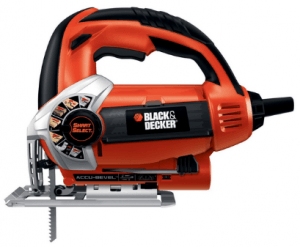
21. Jigsaw (see our pick for best cordless jigsaw)
Jigsaw is actually a handheld electric saw that has a thin blade on its front that moves up and down. It can be very useful on the worksite. It allows you to cut specific shapes you need for your project, particularly curving shapes; thanks to its very fine-toothed blade that is relatively small, giving you plenty of control.
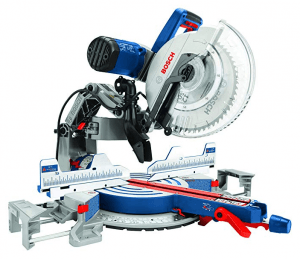
22. Miter Saw (see our pick for best miter saw)
Miter saw’s main job is to create precise crosscuts when you are installing molding, framing or making angled cuts. It’s a steel base saw that can really be heavy, so you might want to mount it on a workshop table to make it stable as well as a steel guide along its back edge so you can align the material that needs cutting.
You’d also want to use the best miter saw stand when working with miter saws, it can make a world of difference.
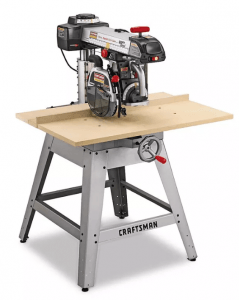
23. Radial Arm Saw
Radial Arm Saw allows you to create various cuts like miter cuts, curve cuts, straight cuts along with several identical cuts. You'll know it's a radial arm saw when you see both the blade and motor are placed on a radial arm to extend the cutting table. Some model lets you interchange the radial arm blades with circular blades.
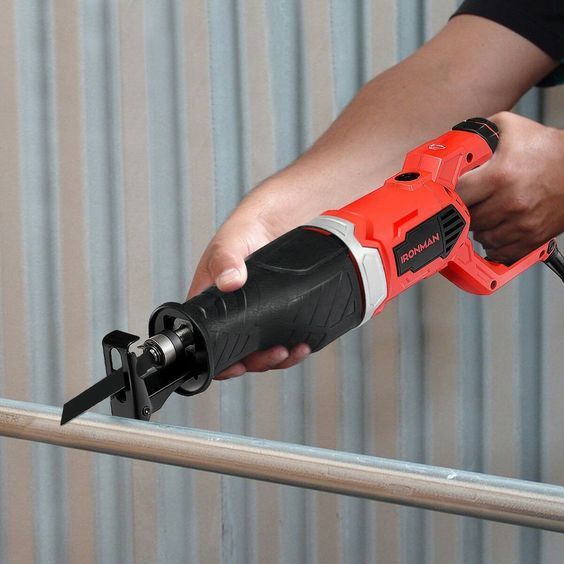
24. Reciprocating Saw (see our pick for best reciprocating saw)
This handheld power saw uses a reciprocating blade so you can cut through different materials and surfaces that do not require to be extremely accurate. It's the perfect cutting tool when you need something that can quickly finish the job. You can move the saw through its handle, while it is cutting blade comes with a curved tip that requires great force to dig into the surface.

25. Rotary Saw
This can be used for various projects, whether for your DIY crafts or for big construction. It is composed of a fixed blade and a handle which is a small screwdriver type. You can use this when you need to cut through walls and other repairing projects. It will also work great on drywall, paneling and other smaller cutting jobs.

26. Scroll Saw (see our pick for best scroll saw)
Looking at a scroll saw from a distance, you might think that’s it’s a sewing machine but it’s actually a pedal operated saw. It’s best for creating intricate curved cut. It combines the job of a jigsaw and coping saw. Just like coping saw, you can also remove the scroll saw’s blade and attach it into a hole you’ve previously drilled so you can make interior cuts even if there’s no entry point.
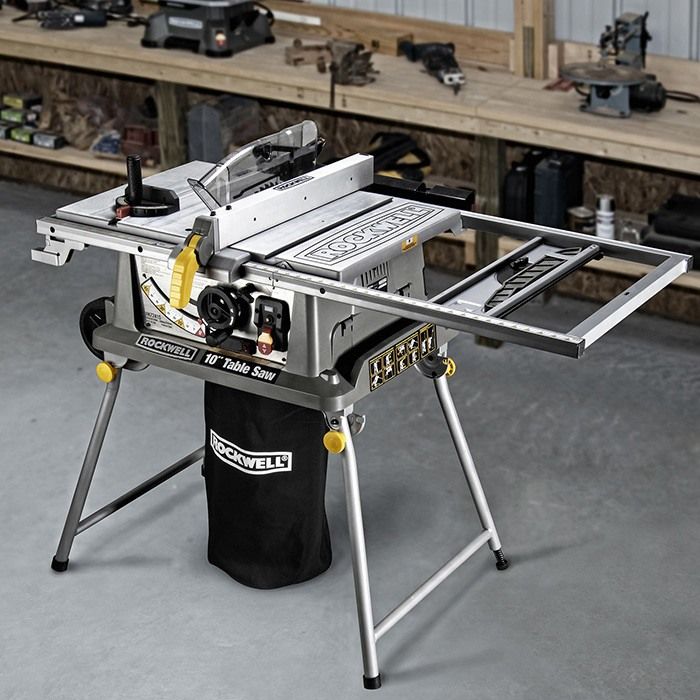
27. Table Saw (see our pick for best table saw)
Table saw is composed of a circular blade attached into a stationary tabletop. In order to cut a material, the blade should be positioned in a fixed location and you should move the material across the blade. Table saw has been designed to cut wood and allows more accurate straight lines cut compared to any other saw.
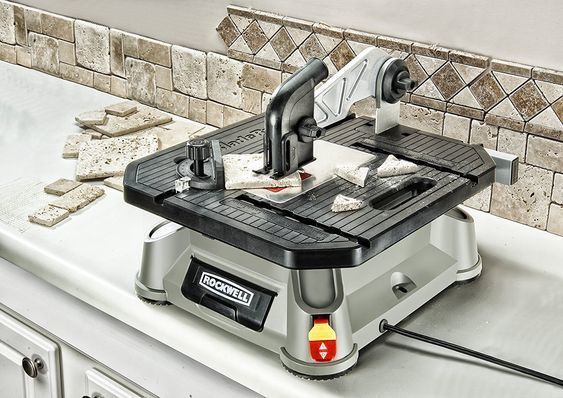
28. Tile Saw (see our pick for best tile saw)
Tile saw allows you to do some real serious tile cutting work. It’s specifically designed to accomplish larger tiling projects. It will allow you to cut thick tiles easier by using a diamond disc that helps protect the blade and will give you smoother cuts and even prevents excess dust.
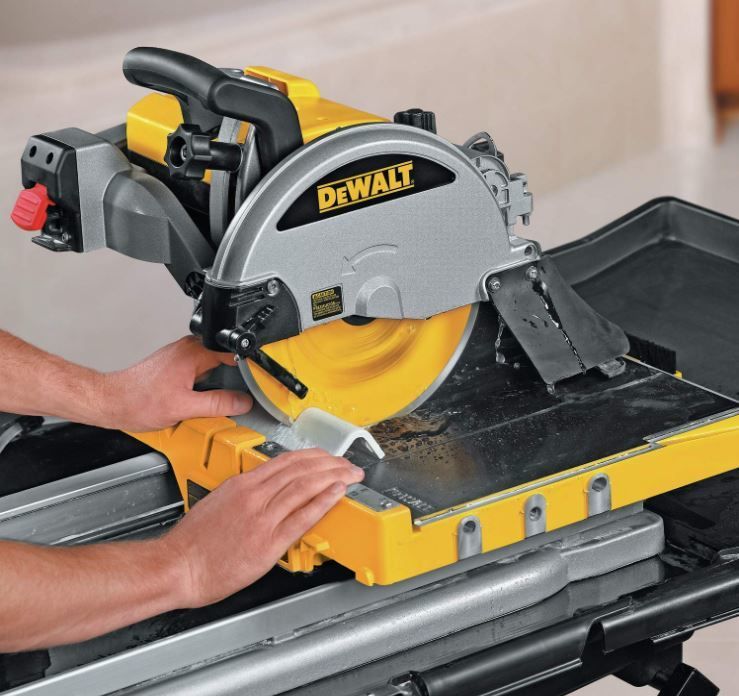
29. Wet Tile Saw (see our pick for best wet tile saw)
A wet tile saw, on the other hand, will help you get plenty of cleanly-cut tile to your required specification. It's the best way to get an excellent, professional cut. Odd angles, small shapes, bevels and more can only be possible using a wet tile saw.
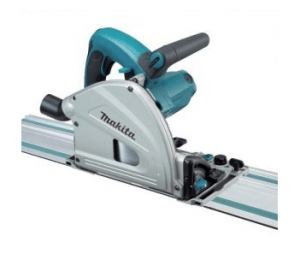
30. Track Saw ?(see our pick for best track saw)
A track saw allows you to create long, precise cuts quickly and much better than circular saws and table saws. It's also great that they are light and portable, it does not require any clamps and can be set up quickly and accurately.
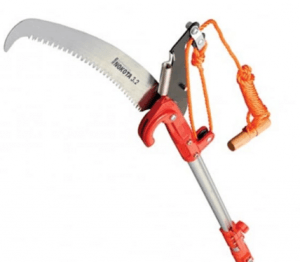
31. Pole Saw (see our pick for best pole saw)
A pole saw is actually just like a chainsaw on a stick, imagine big lollipop with teeth, that’s it. It can be very useful when you have a heavily wooded yard. It’s smaller and lighter which enables you to stay put firmly on the ground as you are reaching high places. This is the best saw when you need to saw up high, but find it such a hassle to use a ladder.
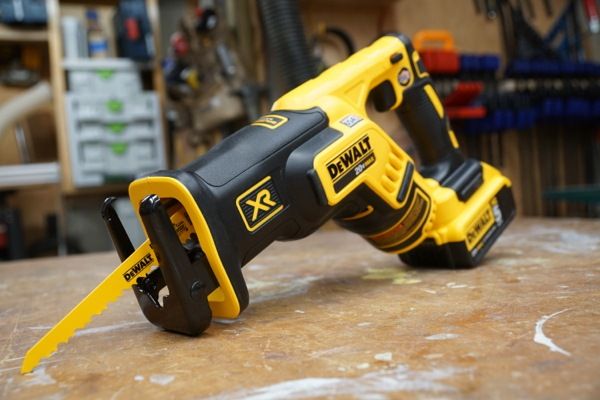
32. Sawzall (see our pick for best sawzall)
Reciprocating saw, also called a Sawzall, can cut just almost everything, no wonder why it has become a go-to tool for remodeling. It allows you to cut through lumber even if there are nails embedded to it. It can as well cut all common forms of metal such as cast iron, copper, and steel.